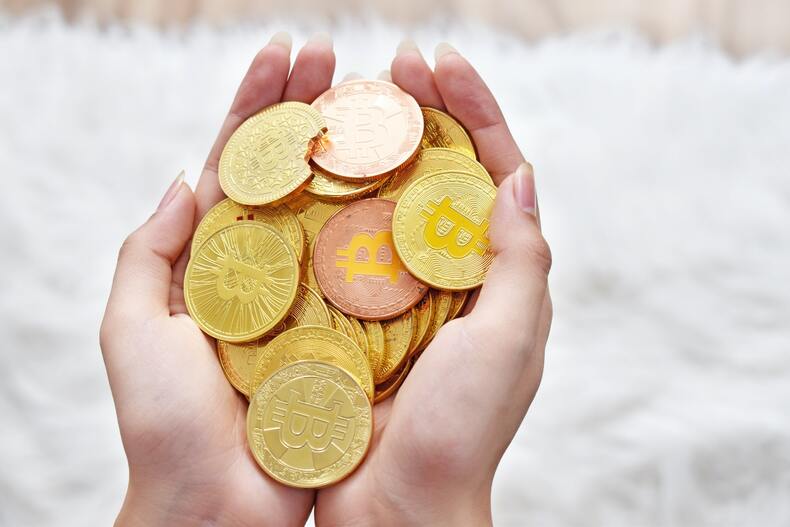5 Facts About EOS Coin
The EOSIO blockchain is functionally similar to Ethereum, for which it was once awarded the nickname of the Ethereum killer. The platform is designed to create and host DAPPs of any scale.
The development team aims to create a blockchain architecture with simple and fast implementation of decentralized applications, high scalability, and zero fees. To this end, EOS developers combine already proven technical solutions and their own developments.
Features of the EOS blockchain
The EOS protocol imitates most of the elements of a real computer: local and RAM, CPU, and GPU, hard disk storage. Computing power is evenly distributed among the depositors of EOS coins.
The protocol acts as the Apple App Store and Google Play Store and also supports a web toolkit for interface development. The platform works on the model of a decentralized autonomous corporation.
The blockchain architecture provides for vertical and horizontal scaling of decentralized applications. EOS provides the ability to use account, authentication, asynchronous communication, databases, and distribute applications across multiple CPU cores.
Interesting facts about EOS
Name
No matter how you try to find out what the abbreviation EOS means, you will not succeed. It doesn’t decode at all. In the community of fans of the crypto project, different interpretations periodically arise, but they are all very far from the truth. Among the versions of the origin that arise is shorthand for the Ethereum Operating System, but the founders remain mysteriously silent.
System elements
The ecosystem consists of two components – EOS.IO and EOS. EOS.IO is nothing more than a blockchain architecture, a decentralized supercomputer with a powerful operating system that provides the ability to create, host, and scale decentralized applications. EOS is the network’s own token. The coin gives the right to access the capabilities of the blockchain and is used in the network security system. To gain access to blockchain resources, you need to prove that you have coins. However, they are not intended for settlements and function as a means of investment.
ICO
The EOS ICO went down in history as one of the longest and largest campaigns. The initial offering started in 2017 and lasted for a whole year. In the first 5 days of the campaign, 20% of the coins were distributed. A total of $4 billion was raised. Just over a week after the end of the ICO, the mainnet was launched.
EOS and Ethereum
Initially, EOS was created on the basis of Ethereum and functioned as an ERC-20 token, and after the launch of its own blockchain, all existing coins were transferred to the main network. The historical maximum of the EOS to USDT exchange rate exceeded 1:21, for some time the coin
Consensus Algorithm
EOS uses the original version of the PoS algorithm – DPoS (Delegated Proof-of-Stake). DPoS was previously used in the development of the BitShares project. It is characterized by low energy consumption and ensures the scalability of the system. For its efficiency, it is called one of the forms of “digital democracy”, but the complexity of the management structure and the danger of system centralization give a reasonable reason for criticism.
Unlike PoS, not all coin holders can participate in the creation of blocks. To become a validator in the PoS network, you need to block a certain number of coins in your wallet. Validators (block producers) in the DpoS network are chosen by voting. That is, the chance to become a validator does not depend on the number of own coins, but on the reputation of the user and the support of his candidacy by the community.
Where to buy EOS
The coin is available for purchase, sale, and active trading on many major exchanges, among which Binance, Bitfinex, KuCoin, Gate.io are in the lead. If you don’t want to spend time registering an account and other necessary formalities, there is a great alternative to classic exchanges. LetsExchange – cryptocurrency exchange online, where you can exchange more than 350 coins and tokens for EOS without registration, commissions, and other restrictions.

